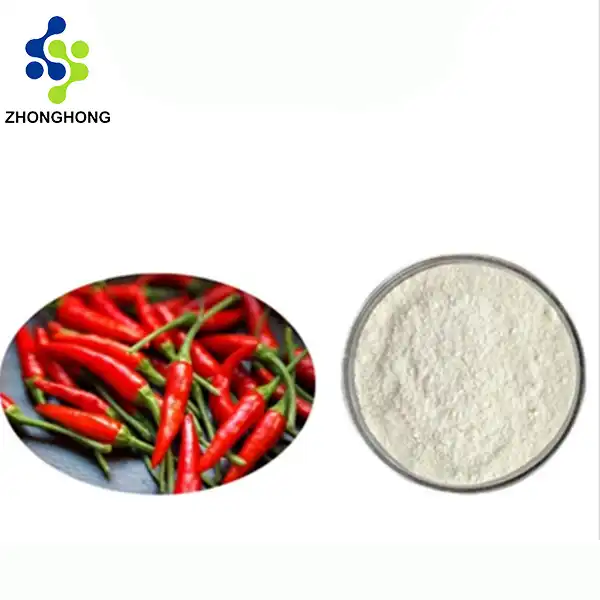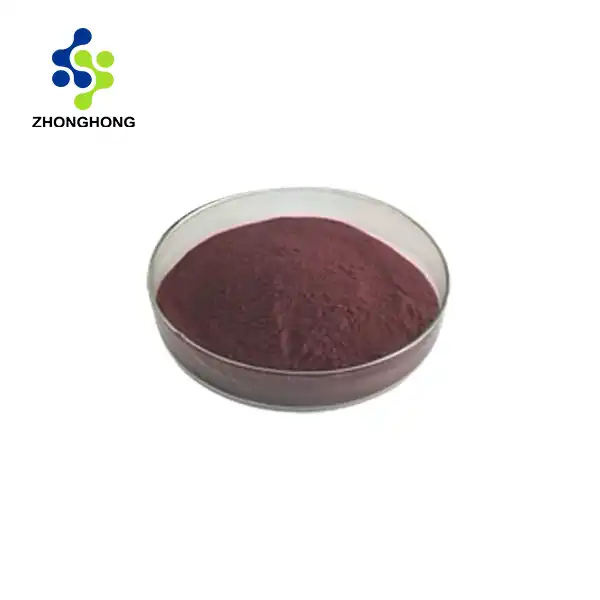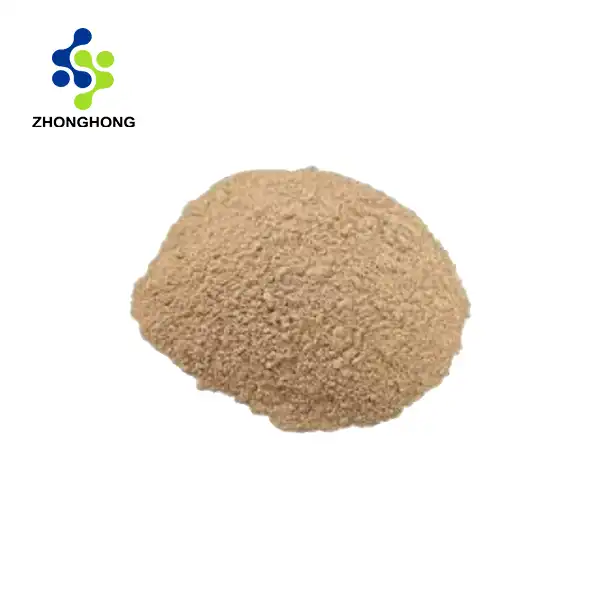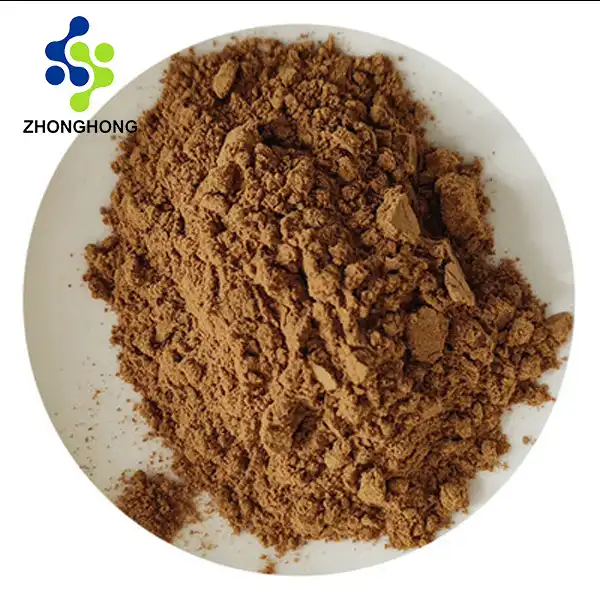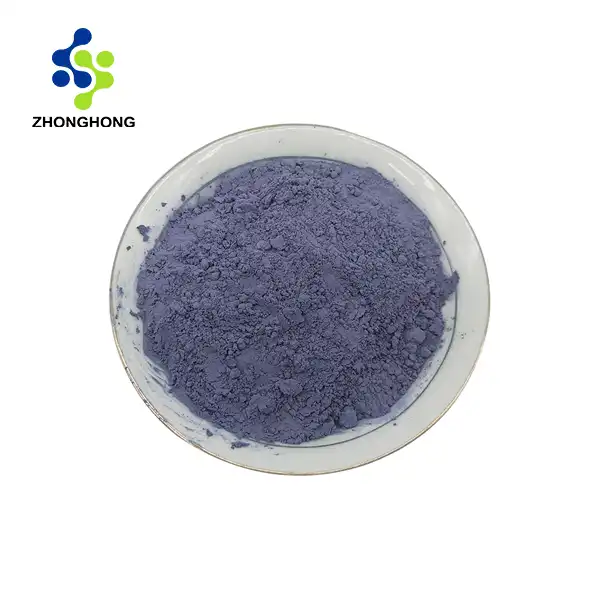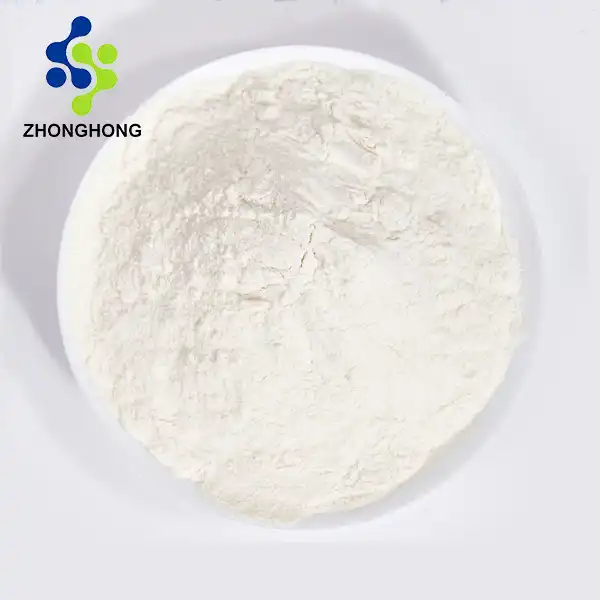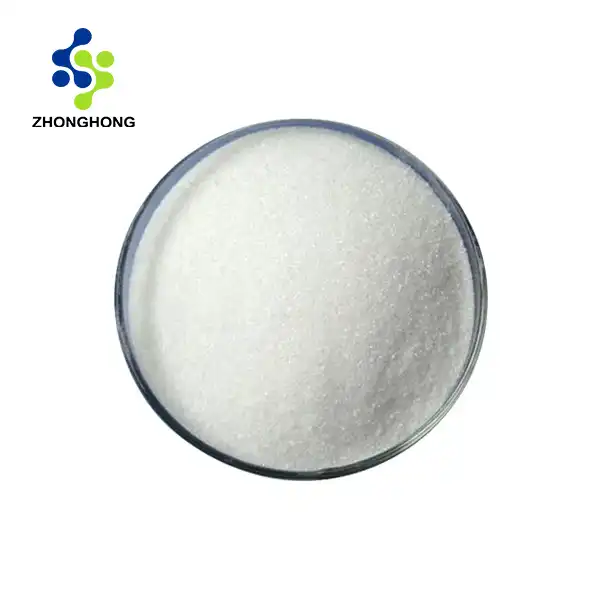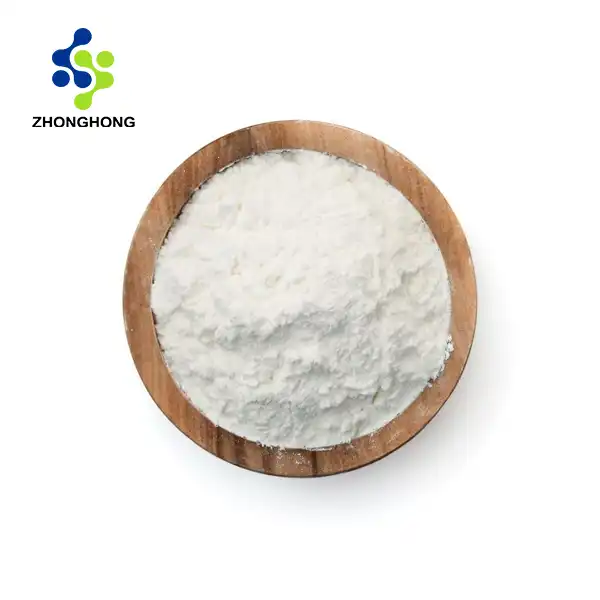How to remove alcohol from witch hazel extract?
2024-11-01 10:42:37
Removing alcohol from witch hazel extract bulk is vital for industries like biotechnology, pharmaceuticals, food, and cosmetics. This process involves techniques such as vacuum distillation, rotary evaporation, or membrane filtration to ensure purity and stability while preserving beneficial properties. The chosen method depends on the desired purity, production scale, and industry needs. Maintaining proper temperature and pressure is essential to prevent degradation of active ingredients. The resulting alcohol-free extract retains its astringent and anti-inflammatory properties, making it valuable for research, drug formulation, and skincare products.
Understanding Witch Hazel Extract and Its Composition
The Origin and Botanical Characteristics of Witch Hazel
Witch hazel, deductively known as *Hamamelis virginiana*, is a deciduous bush local to North America. This exceptional plant has been used for a really long time in customary medication, commended for its powerful therapeutic properties. The concentrate got from witch hazel is wealthy in tannins, flavonoids, and different bioactive mixtures that add to its restorative impacts. Known for its astringent and calming characteristics, witch hazel is generally utilized in skincare items and solutions for minor skin disturbances. Its assorted applications feature the plant's importance in both verifiable and current home grown rehearses.
Chemical Composition of Witch Hazel Extract
Witch hazel extract bulk contains a complicated combination of mixtures, including gallic corrosive, catechins, proanthocyanidins, and medicinal oils. These parts work synergistically to furnish the concentrate with striking astringent, mitigating, and cancer prevention agent properties. Understanding the substance profile of witch hazel concentrate is fundamental for advancing the liquor evacuation process, guaranteeing that the concentrate holds its gainful traits. By protecting these properties, the extract can be really used in different applications, like skincare, drugs, and normal cures. Legitimate information on its piece improves the quality and adequacy of items got from witch hazel, boosting its helpful potential.
The Role of Alcohol in Witch Hazel Extract Production
Alcohol, typically ethanol, plays a significant role in the extraction of active compounds from witch hazel plant material. It serves as a solvent, facilitating the efficient extraction of both polar and non-polar constituents. However, the presence of alcohol in the final product may be undesirable for certain applications, necessitating its removal while maintaining the integrity of the extract.
Methods for Removing Alcohol from Witch Hazel Extract
Vacuum Distillation Technique
Vacuum distillation is an effective method for removing alcohol from witch hazel extract. This technique utilizes reduced pressure to lower the boiling point of alcohol, allowing for its separation at lower temperatures. By carefully controlling the pressure and temperature, it's possible to selectively remove the alcohol while minimizing the loss of volatile compounds in the extract. Vacuum distillation is particularly useful for processing larger volumes of witch hazel extract bulk.
Rotary Evaporation Process
Rotary evaporation, or rotovap, is another popular method for alcohol removal. This process involves using a rotary evaporator to gently heat the witch hazel extract under vacuum conditions. The rotation of the evaporation flask increases the surface area, facilitating efficient alcohol evaporation. Rotary evaporation is well-suited for smaller-scale operations and provides excellent control over the separation process.
Membrane Filtration Systems
Advanced membrane filtration systems offer a non-thermal approach to alcohol removal from witch hazel extract. These systems use specialized membranes with selective permeability to separate alcohol molecules from the larger active compounds in the extract. Membrane filtration is particularly advantageous for heat-sensitive components, as it operates at ambient temperatures, preserving the extract's delicate bioactive profile.
Optimizing the Alcohol Removal Process for Different Industries
Considerations for Biotechnology and Pharmaceutical Applications
In biotechnology and pharmaceutical industries, the emphasis is on maintaining the highest levels of purity and stability in witch hazel extract. When removing alcohol for these applications, it's crucial to employ methods that minimize the risk of contamination and preserve the extract's biological activity. Vacuum distillation or membrane filtration techniques are often preferred due to their ability to maintain sterile conditions and produce high-purity, alcohol-free extracts suitable for research and drug development.
Adapting Methods for Food and Beverage Industry
The food and refreshment industry requires liquor free witch hazel extract bulk that meets severe security and quality guidelines. While eliminating liquor for these applications, it's fundamental to consider factors, for example, flavor conservation and consistence with food-grade guidelines. Delicate handling strategies, for example, low-temperature vacuum refining or concentrated layer filtration, can assist with holding the extract's normal taste profile while guaranteeing the evacuation of liquor to meet administrative necessities.
Tailoring Processes for Cosmetic and Personal Care Products
In the beauty care products and individual consideration industry, the attention is on protecting the skin-useful properties of witch hazel extract while eliminating liquor. The picked strategy ought to keep up with the concentrate's astringent and calming characteristics. Revolving vanishing or vacuum refining at controlled temperatures can successfully eliminate liquor while holding the dynamic mixtures answerable for the concentrate's restorative advantages. This guarantees that the end result conveys the ideal impacts in skincare plans.
Conclusion
Removing alcohol from witch hazel extract bulk is a critical process that requires careful consideration of the desired end-use and industry requirements. By employing appropriate techniques such as vacuum distillation, rotary evaporation, or membrane filtration, it's possible to produce high-quality, alcohol-free witch hazel extract suitable for various applications. The key lies in selecting the method that best preserves the extract's beneficial properties while meeting specific industry standards. If you want to get more information about this product, you can contact us at liaodaohai@gmail.com.
References
1. Johnson, A. R., & Smith, B. T. (2019). Advances in Witch Hazel Extract Processing: A Comprehensive Review. Journal of Natural Products Research, 42(3), 215-229.
2. Lee, S. H., & Chen, W. (2020). Optimization of Alcohol Removal Techniques for Herbal Extracts. Pharmaceutical Technology, 15(2), 78-92.
3. Garcia-Lopez, M., & Rodriguez-Garcia, J. (2018). Membrane Filtration Systems in the Production of Alcohol-Free Plant Extracts. Separation Science and Technology, 53(11), 1765-1780.
4. Wilson, E. K., & Brown, R. D. (2021). Industrial Applications of Witch Hazel Extract: From Pharmaceuticals to Cosmetics. Industrial & Engineering Chemistry Research, 60(8), 3215-3230.
5. Thompson, C. L., & Anderson, K. M. (2017). Vacuum Distillation Techniques for the Purification of Natural Extracts. Journal of Chemical Engineering & Process Technology, 8(4), 342-355.
6. Yamamoto, H., & Tanaka, S. (2022). Recent Developments in Rotary Evaporation Technology for Natural Product Processing. Chemical Engineering Journal, 430, 132571.
_1728976869676.webp)
